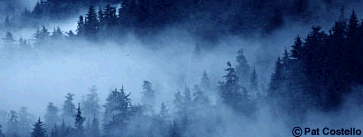
Facts About Tongass National Forest


 | Facts About Tongass National Forest |
|---|

All photographs © Pat Costello Photography and used by permission
Albion Monitor Issue 20
(http://www.monitor.net/monitor)
All Rights Reserved.
Contact rights@monitor.net for
permission to reproduce.